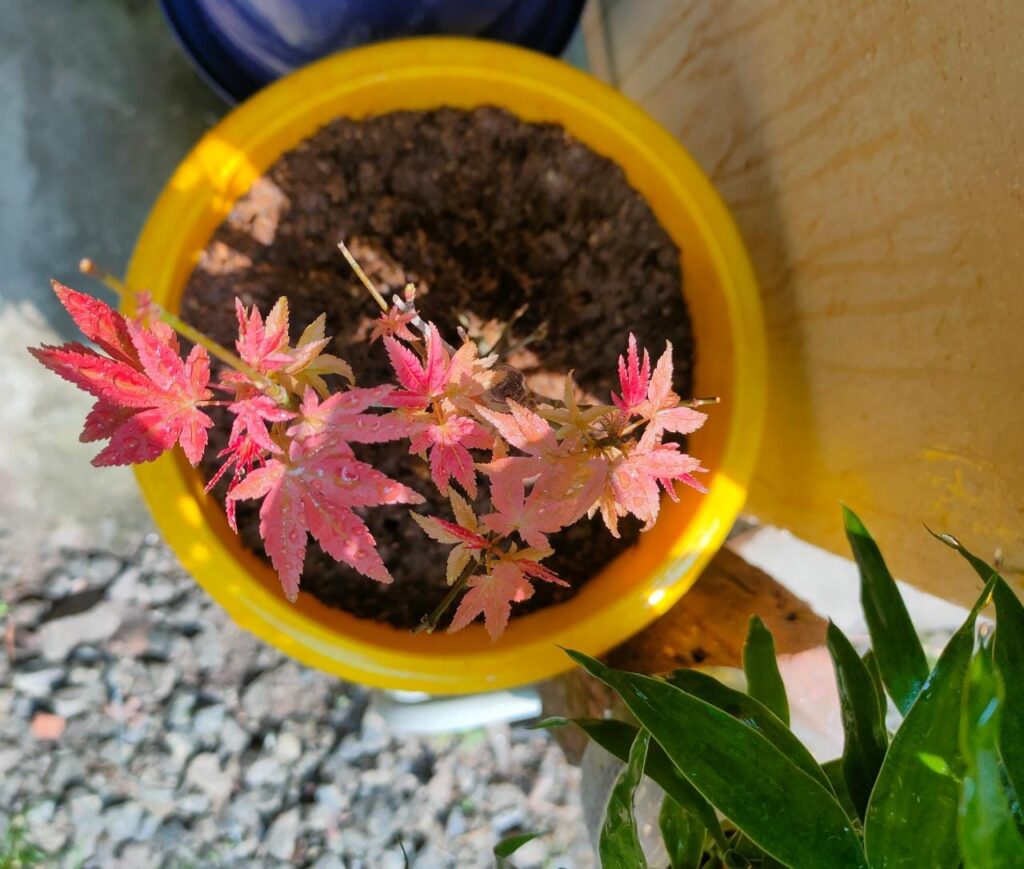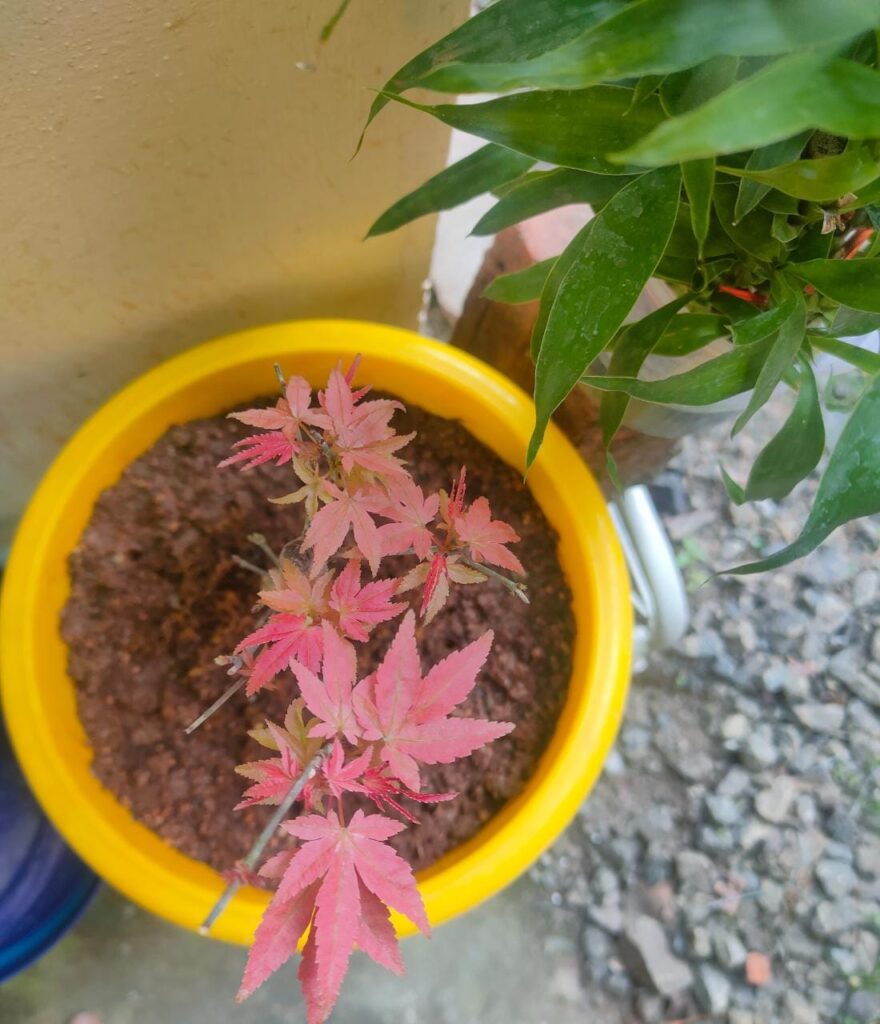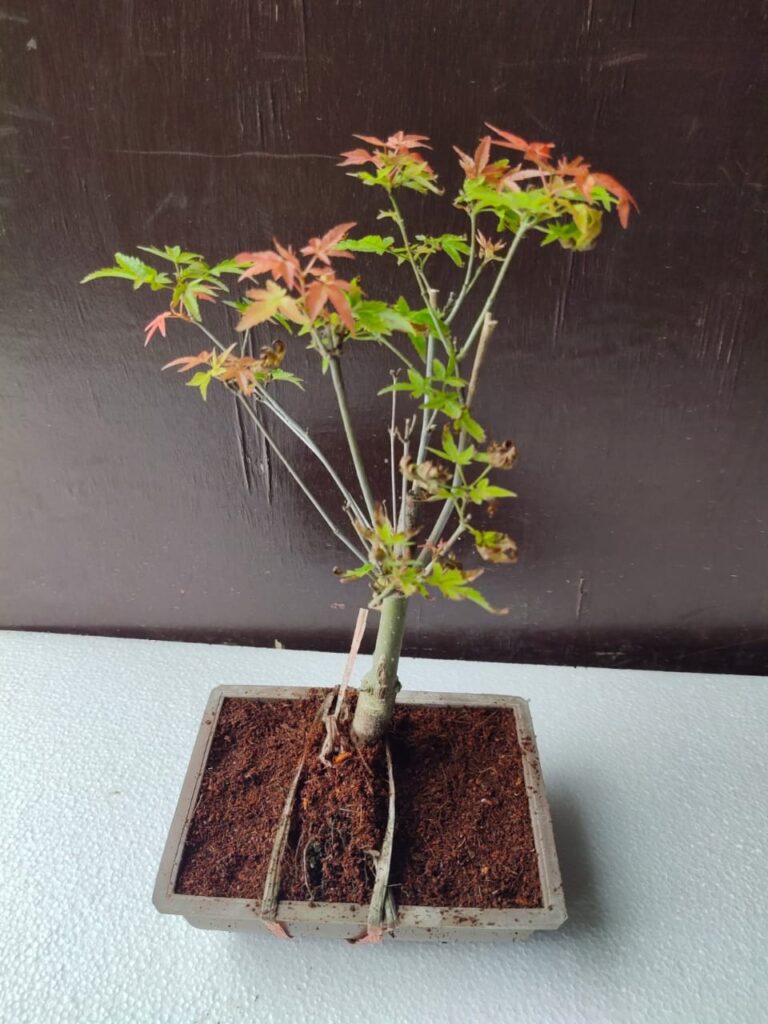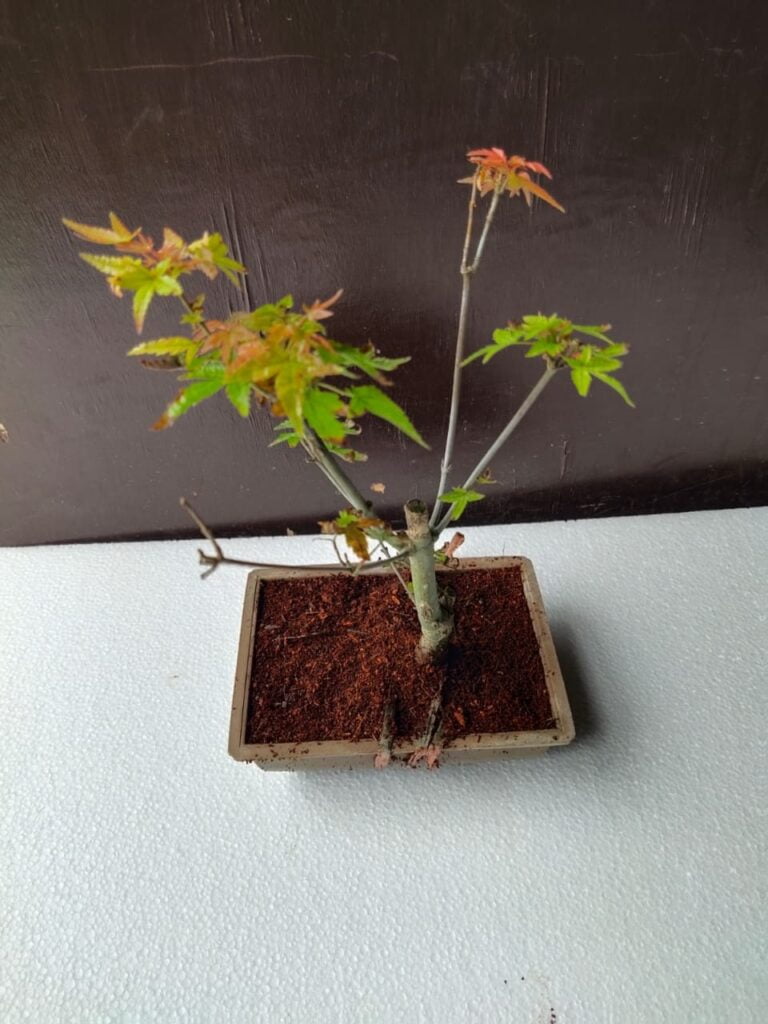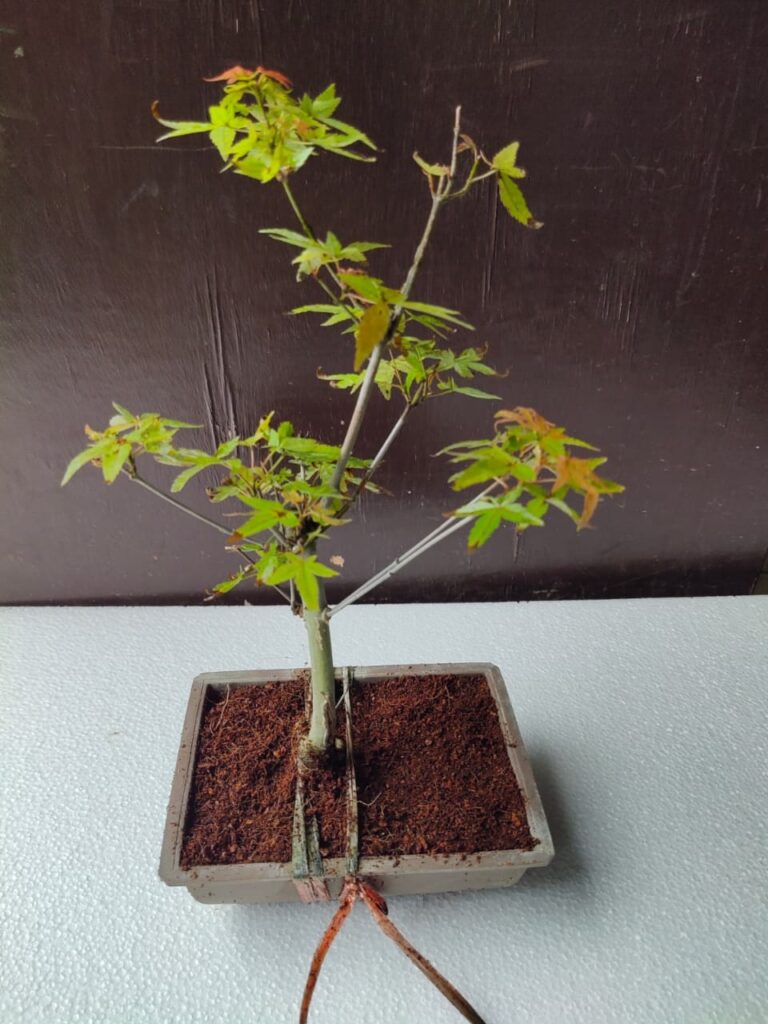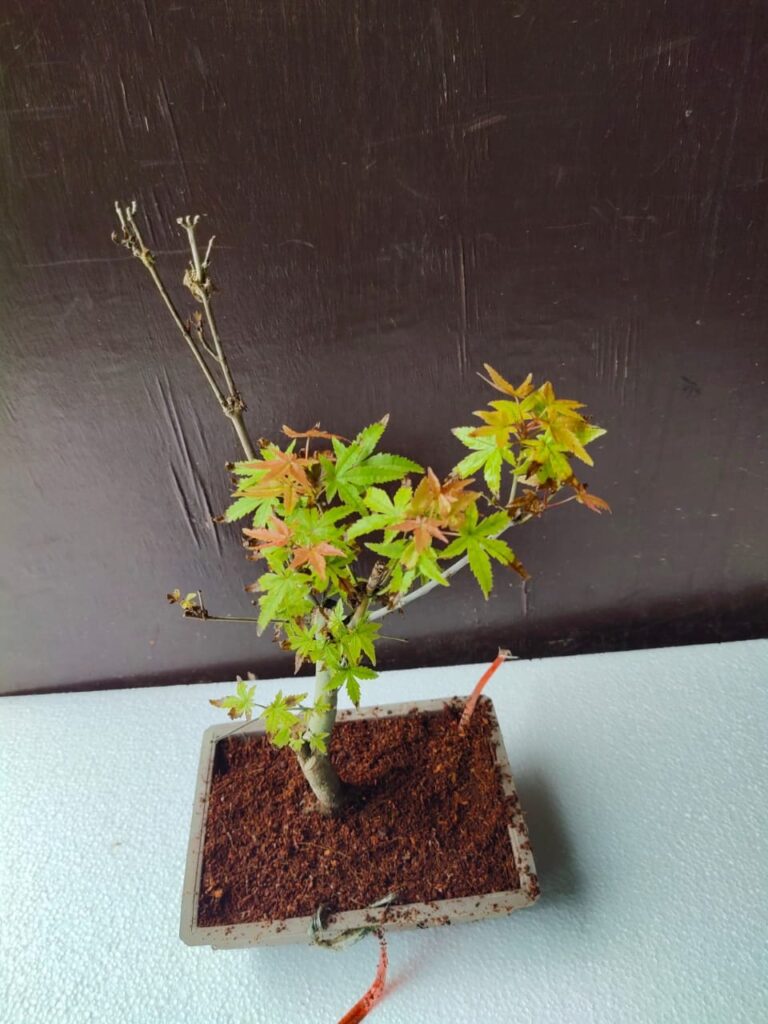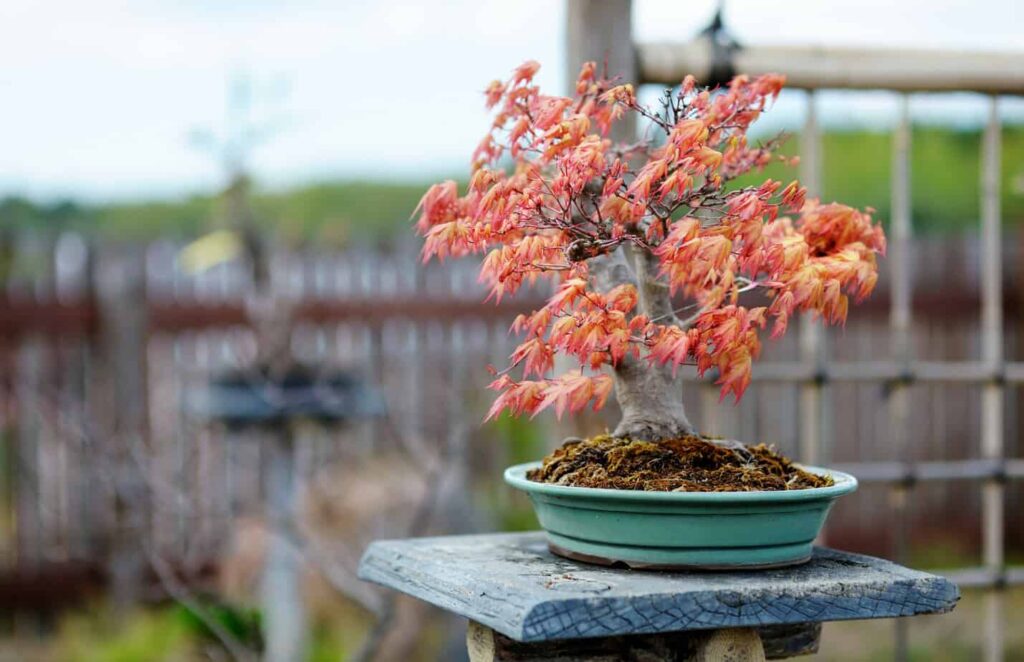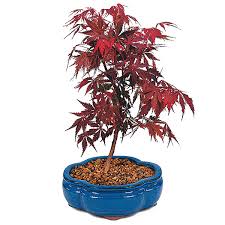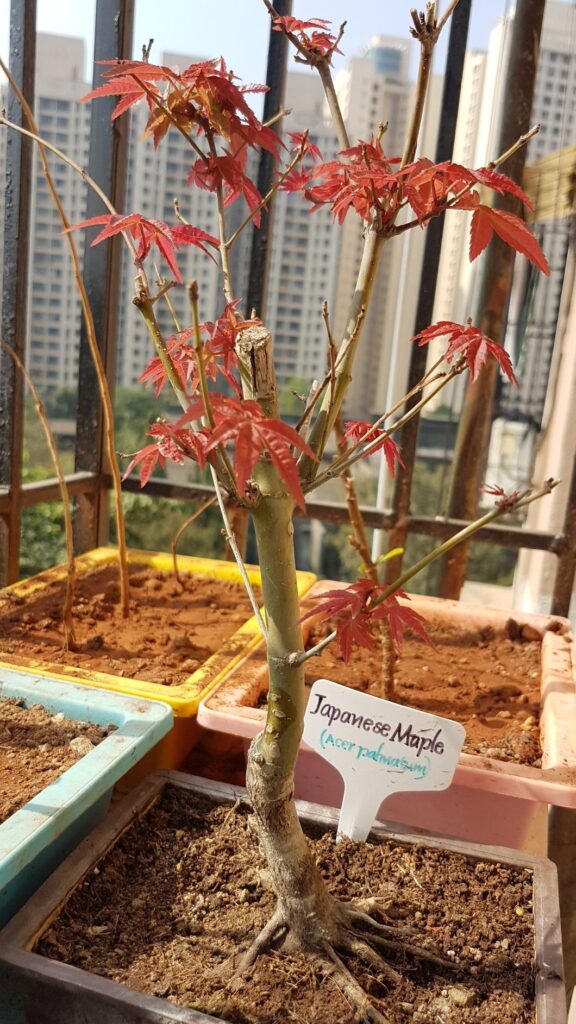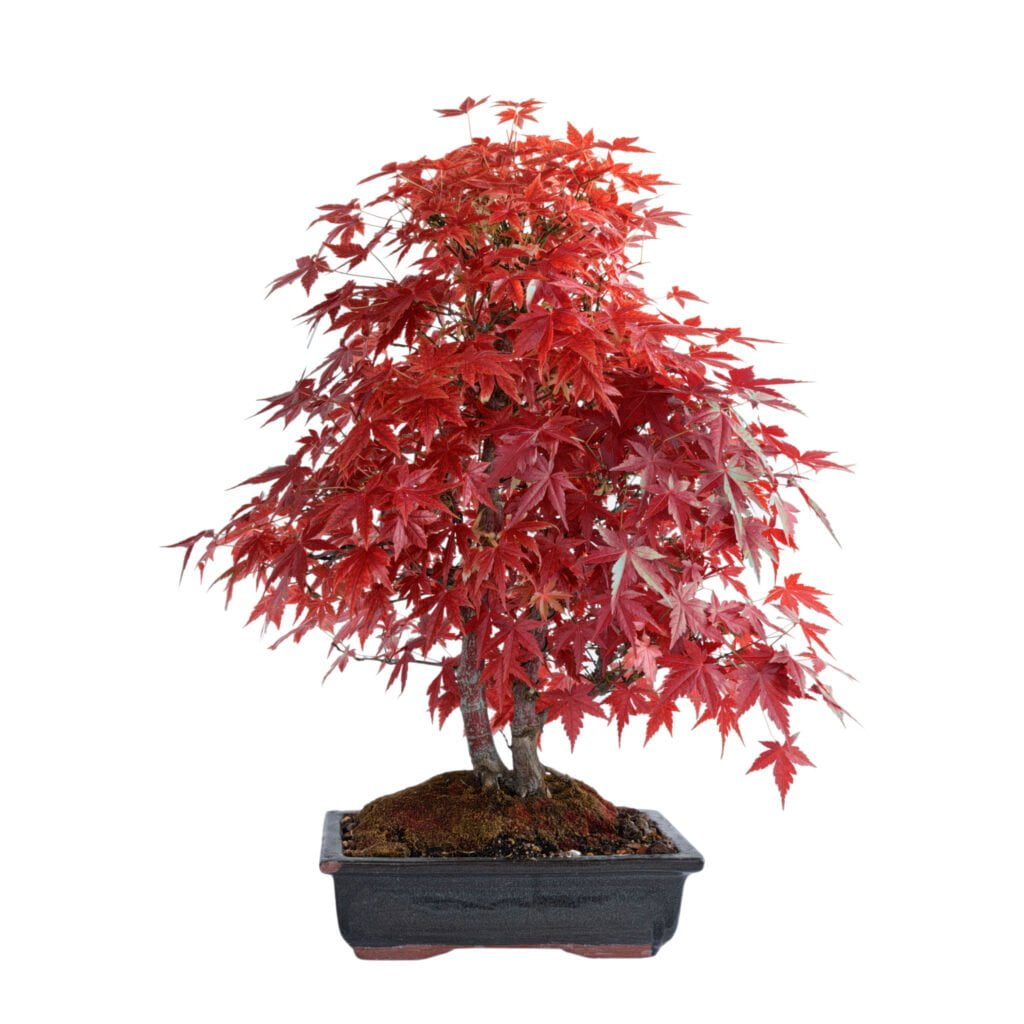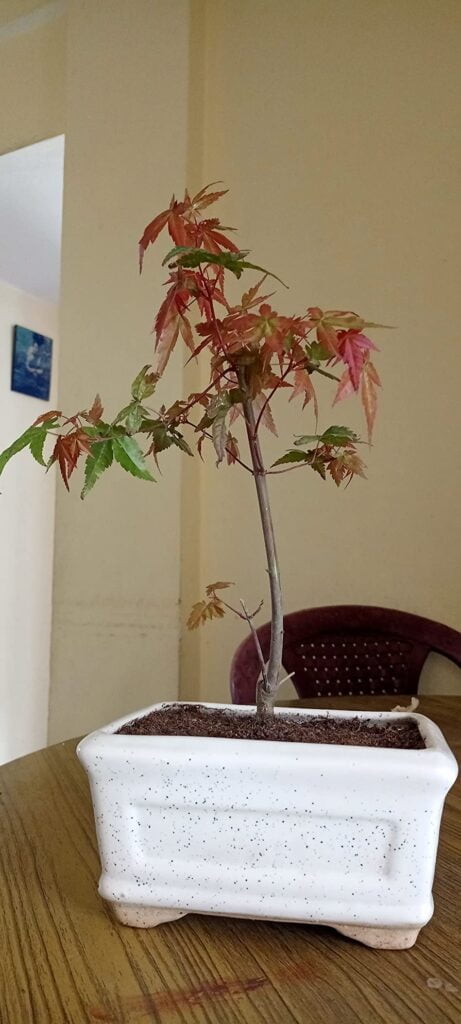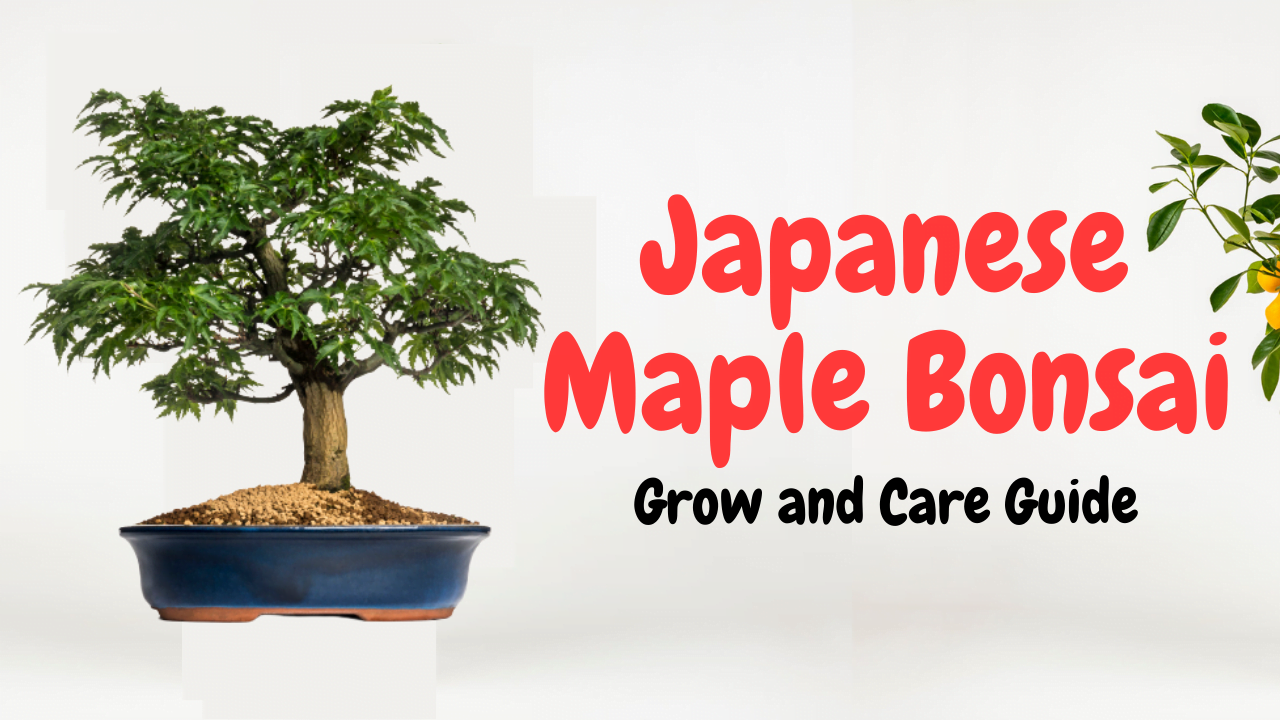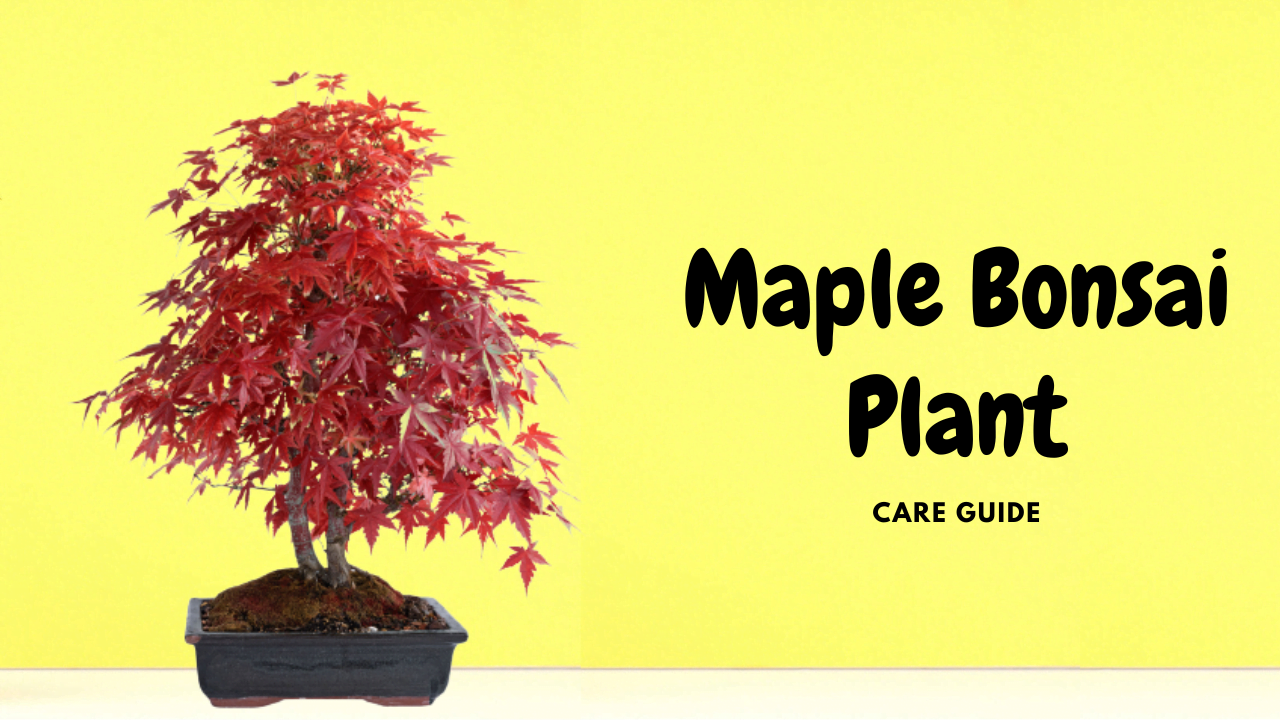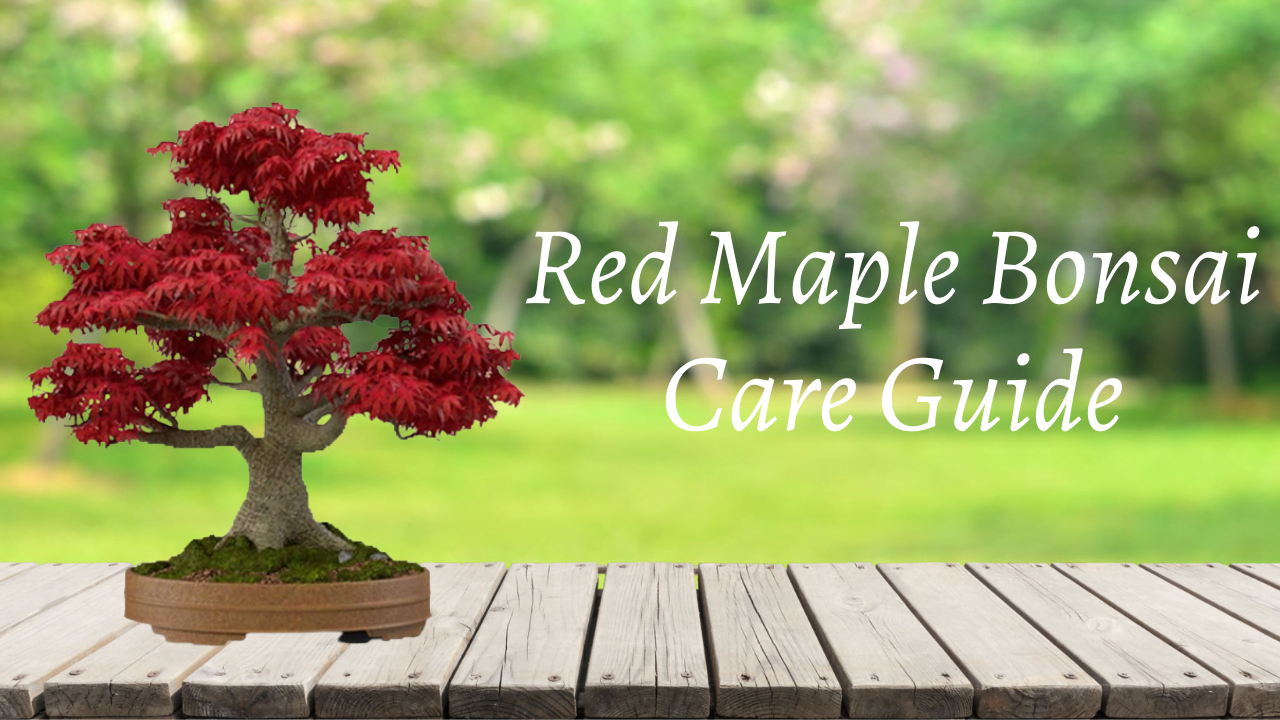The Japanese Red Maple Bonsai Tree is a stunning miniature version of the larger maple tree, carefully cultivated through the art of bonsai. Its delicate and intricate branches, combined with its vibrant red foliage, create a breathtaking aesthetic. As a symbol of tranquility and balance in Japanese culture, this bonsai tree is not only a beautiful addition to any space but also a reminder of the importance of harmony in life.
Quick Facts About Japanese Red Maple Tree Bonsai
| Fact | Description |
|---|---|
| Scientific Name | Acer palmatum |
| Family | Sapindaceae |
| Native to | Japan, Korea, China, Mongolia, and southeast Russia |
| Height | 6-10 feet tall (1.8-3 meters) |
| Lifespan | 75-100 years |
| Leaves | Palmate, lobed leaves with serrated edges |
| Fall foliage | Brilliant shades of red, orange, and yellow |
| Flowers | Small, inconspicuous, reddish-purple |
| Fruit | Small, winged samaras (seeds) |
| Cultivation | Popular as a bonsai tree |
| Symbolism | In Japanese culture, represents balance, harmony, and tranquility |
| Uses | Ornamental plant for gardens and landscaping |
Some Quick Care Guidelines Overview about Japanese Maple Tree
| Fact | Description |
|---|---|
| Watering Needs | Regular watering, but be careful not to overwater as it can lead to root rot |
| Ideal Temperature | Thrives in cool to moderate temperatures, between 60-75°F (15-24°C) |
| Position | Prefers partial shade to full sun, protect from strong winds |
| Pruning & Wiring | Regular pruning and wiring is necessary to maintain its shape and size |
| Repotting | Should be repotted every 2-3 years to ensure proper root growth and development |
| Fertilizer | Should be fertilized regularly during the growing season with a balanced, slow-release fertilizer |
| Soil Type | Requires well-draining, acidic soil with a pH between 4.5-6.0 |
| Propagation | Can be propagated through seeds, cuttings, or grafting |
| Toxicity | Non-toxic to humans or pets |
| Pot Type | Prefers shallow bonsai pots to accommodate its shallow root system |
Japanese Maple Bonsai Care Guidelines
Watering
Water your Japanese Maple Bonsai Tree regularly, but be careful not to overwater as this can lead to root rot. The frequency of watering depends on the temperature and humidity of your environment, as well as the soil moisture level. In general, you should water when the soil surface feels dry to the touch. Moreover, the soil can dry out faster during the summer. Hence, water more frequently.
Fertilizing
Japanese Maple Bonsai Trees benefit from regular fertilization during the growing season, which is typically spring through summer. Use a balanced, slow-release fertilizer to ensure a steady supply of nutrients. Follow the package instructions for application rates, and avoid over-fertilizing, as this can burn the roots.
Position
Japanese Maple Bonsai Trees prefer partial shade to full sun, especially during the hot summer months. Protect the tree from strong winds, which can damage the delicate foliage. During the winter months, bring the tree indoors to protect it from freezing temperatures and harsh winter winds.
Temperature
Japanese Maple Bonsai Trees thrive in cool to moderate temperatures, between 60-75°F (15-24°C). During the summer months, provide shade and ensure adequate watering to prevent the tree from becoming stressed. During the winter months, protect the tree from freezing temperatures by keeping it indoors in a cool, bright location, such as a windowsill or sunroom.
In general, caring for a Japanese Maple Bonsai Tree requires attention to detail and regular maintenance. By providing the tree with the right growing conditions, regular watering and fertilization, and proper positioning, you can ensure that your bonsai tree thrives for years to come.
Humidity is crucial
As Japanese Maple Bonsai Trees prefer moist conditions. Thus, humidity can be a problem in hot regions. You can use a humidity tray to keep things humid. Moreover, you can create a microclimate of moist air around the tree with a shallow tray filled with gravel and water.
What Is The Best Way To Make A Humidity Tray For Bonsai At Home?
For setting up your Japanese Maple Bonsai Tree’s humidity tray, follow these instructions:
- Get a shallow tray bigger than the bonsai pot. And make sure the tray holds enough water to last a few days without drying out.
- Fill the tray with water. Make sure it is below the gravel surface. Additionally, don’t let the water touch the bonsai pot’s bottom.
- Now, fill the tray with small gravel or pebbles. By doing this, you’ll create space between the water and the bonsai pot, allowing better air circulation and stopping the roots from sitting in water.
- Put the bonsai pot on top of the gravel and make sure it’s level and stable.
- Make sure the tray has enough water and refill it as needed. It may be necessary to add water every few days, depending on your environment’s temperature and humidity level.
The tray’s gravel supports the bonsai pot and creates proper drainage and airflow by creating a space between the pot and the water. In the tray, water evaporates, creating a humid environment that prevents the tree’s foliage from drying out. Also, misting the foliage can help increase humidity.
Here is an image of a humidity tray for your reference:
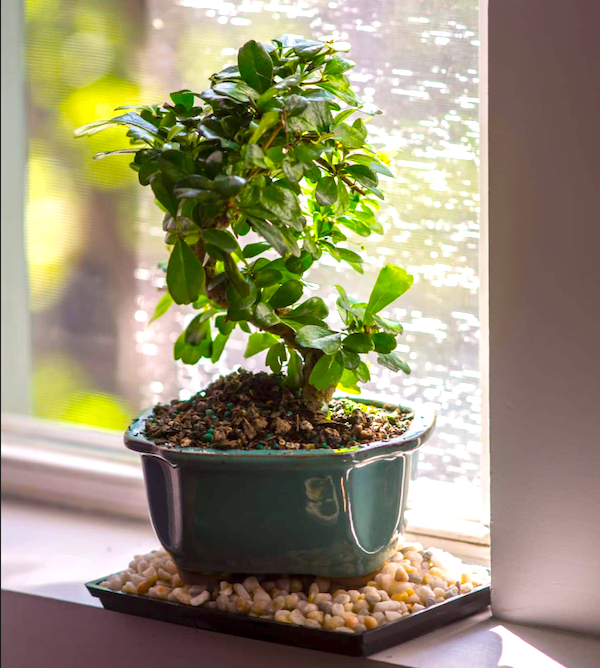
Advance Care Tips
How to Prune Japanese Maple Tree Bonsai
Pruning is an essential technique for maintaining the health and aesthetic appeal of your Japanese Maple Tree Bonsai. Regular pruning helps to promote the growth of new branches and foliage, as well as maintain the desired shape and size of the tree. However, pruning must be done correctly to avoid damaging the tree.
Interested in prunning your maple? Checkout this detailed guide on prunning maple bonsai.
Best Soil & Fertilizer for Maple Bonsai Tree
Choosing the right soil and fertilizer is crucial for the healthy growth and development of your Maple Bonsai Tree. The soil must provide adequate drainage and aeration while retaining moisture and nutrients for the tree. The right fertilizer will also help to promote healthy foliage and strong roots.
Interested in the best soil your maple? Checkout this detailed guide on soil for maple bonsai.
Guides and Articles on Maple Tree Bonsai
Japanese Maple Bonsai Trees: A Beginner’s Guide to Growing and Caring

Are you dreaming of growing a Japanese maple bonsai at home? But are you also confused about how to plant a Japanese maple bonsai? Well, we got you covered, gardeners! Many bonsai gardeners have a soft spot in their hearts for Japanese maples, and why not? They are the ideal specimen tree with gorgeous summer…
Maple Bonsai Plant Care Guide

Maple Bonsai Plant Overview Japanese Maple Bonsai Trees are best known for their unique leaf shape and seasonal changes. Due to their deciduous nature, maple trees lose their leaves during the winter and sprout back during the spring. It is a highly recommended type of bonsai tree for those individuals who are just starting the…
Red Maple Bonsai Tree Care Guide!

You know what is equally (or maybe even more?) as beautiful as a gigantic Red Maple tree? A small, miniature Red Maple bonsai tree! Nothing screams autumn like a blooming Red Maple Tree! Even though it’s not a common sight here in India, still we have been programmed by our consumption of Western media that…
Japanese Maple Tree Bonsai Image Gallery
